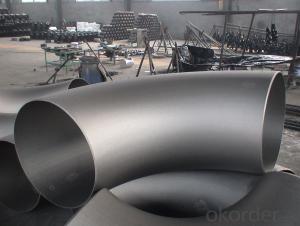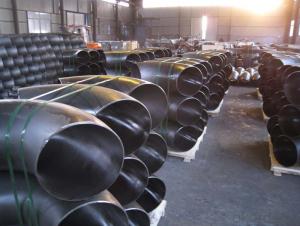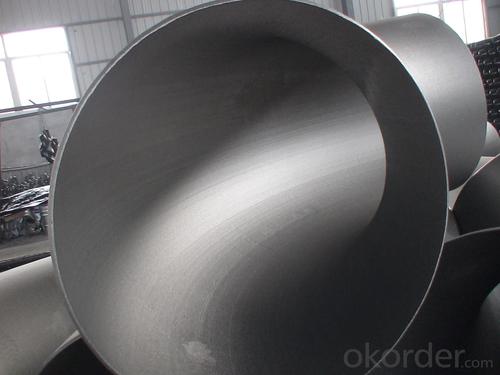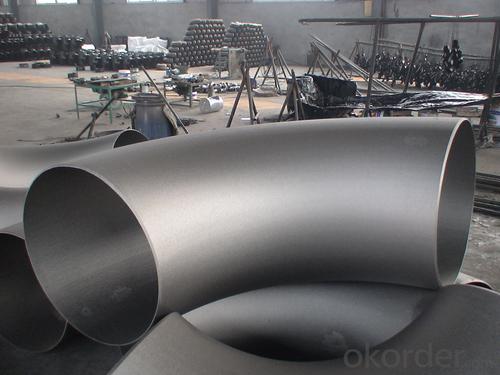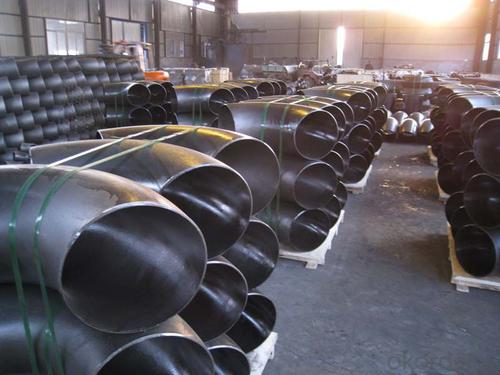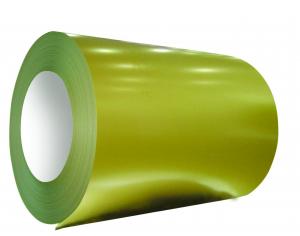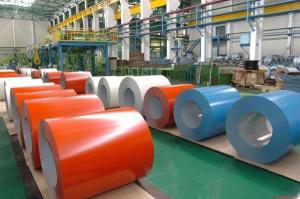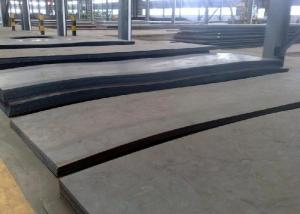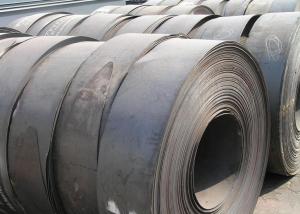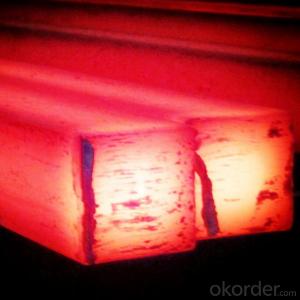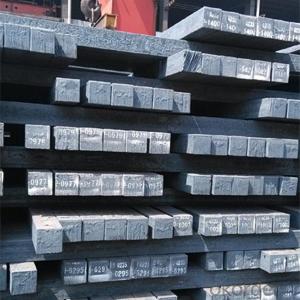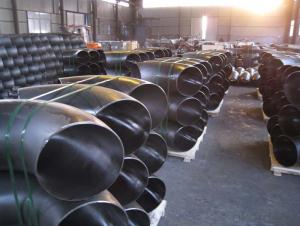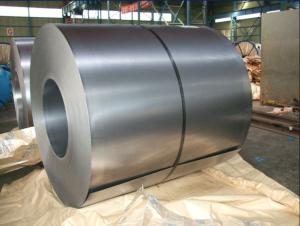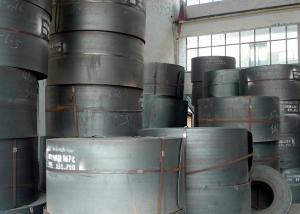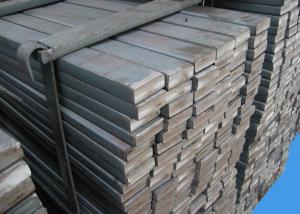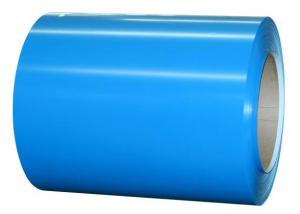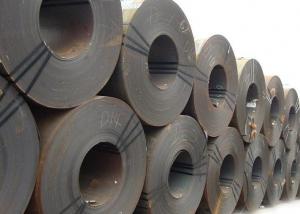Carbon steel pipe fittings ELBOW 1/2''-42''
- Loading Port:
- China Main Port
- Payment Terms:
- TT OR LC
- Min Order Qty:
- -
- Supply Capability:
- -
OKorder Service Pledge
OKorder Financial Service
You Might Also Like
Pipe fitting is the occupation of installing or repairing piping or tubing systems that convey liquid, gas, and occasionally solid materials. This work involves selecting and preparing pipe or tubing, joining it together by various means, and the location and repair of leaks.
Pipe fitting work is done in many different settings: HVAC, manufacturing, hydraulics, refineries, nuclear-poweredSupercarriers and Fast Attack Submarinescomputer chip fab plants, power plant construction and other steam systems. Pipe fitters (sometimes called simply "fitters") are represented in the USA and Canada by the United Association of Journeymen and Apprentices of the Plumbing and Pipe Fitting Industry of the United States and Canada.
Fitters work with a variety of pipe and tubing materials including several types of steel, copper, iron, aluminium, and plastic. Pipe fitting is not plumbing; the two are related but separate trades. Pipe fitters who specialize in fire prevention are called Sprinklerfitters, another related, but separate trade.
Materials, techniques, and usages vary from country to country as different nations have different standards to install pipe.
Elbow are an English alternative rock band consisting of Guy Garvey (vocals, guitar), Richard Jupp (drums, percussion), Craig Potter (keyboards, piano), Mark Potter (guitar, backing vocals), and Pete Turner (bass guitar, backing vocals). They have played together since 1990, adopting the Elbow band name in 1997, and have released six studio albums: Asleep in the Back (2001), Cast of Thousands (2003), Leaders of the Free World (2005), The Seldom Seen Kid (2008), Build a Rocket Boys! (2011), and The Take Off and Landing of Everything (2014). All of their studio albums, as well as B-sides compilation Dead in the Boot (2012), have placed in the top 15 of the British album chart and seven of their singles have placed in the top 40 of the British singles chart.
In 2008 Elbow won the Mercury Music Prize for their album The Seldom Seen Kid, and in 2009 they won the Brit Award for Best British Group In 2012 they released "First Steps", the BBC theme for the 2012 London Olympics
Specifications
Standard: ASTM A234 WPB, JIS, DIN, EN, GOST
Use for Oil, Gas, Subwatering act.
45/90/180 degree, LR/SR Elbow
ASTM A234 WPB ELBOW :
| ||||||||
| we are manufacturer for carbon steel pipe and fittings,like 45deg,90deg,180deg,L/R OR S/R,bend , | ||||||||
| equal or reducing tee, CON reducer, ECC reducer, pipe cap,flange. | ||||||||
| CON AND ECC REDUCER: CARBON STEEL,STAINLESS,STELL,ALLOY STEEL | ||||||||
| NOMINAL DIAMETER | BIG OD1 | SMALL OD2 | HEIGHT(MM) | |||||
| MM | SERIES A | SERIES B | SERIES A | SERIES B | 51-711 | |||
| 25*15--1500*1400 | 33.7-1524 | 32-1520 | 21.3-1420 | 18-1420 | ||||
| MATERIAL: A234WPB,A283,A105,A53,A106,API5L | ||||||||
| STANDARD: ASTM/ANSI,DIN,ISO,GB,JIS,BS ,GOST | ||||||||
| OTHERS: | ||||||||
| 1. Special design available according to requirement | ||||||||
| 2. All the production process are made under the ISO 9001:2000 strictly. | ||||||||
- Q: What are the properties of heat-treated steel?
- Heat-treated steel has several properties that make it desirable for various applications. Firstly, heat treatment increases the steel's hardness, making it more resistant to wear and deformation. It also improves the steel's strength and toughness, enhancing its ability to withstand heavy loads and impacts. Additionally, heat-treated steel exhibits improved dimensional stability, meaning it is less likely to warp or change shape under extreme conditions. Finally, heat treatment can enhance the steel's resistance to corrosion, increasing its durability and lifespan. Overall, heat-treated steel possesses enhanced mechanical properties, making it suitable for use in industries such as automotive, construction, and manufacturing.
- Q: What are the different types of steel profiles used in architectural designs?
- There are various types of steel profiles commonly used in architectural designs, such as I-beams, H-beams, channels, angles, and tubes. These profiles offer different structural properties and can be used to create a wide range of architectural elements, including columns, beams, trusses, and frames. The choice of steel profile depends on the specific design requirements, load-bearing capacity, and aesthetic preferences of the project.
- Q: How is steel used in the production of laboratory furniture?
- Steel is commonly used in the production of laboratory furniture due to its strength, durability, and resistance to corrosion. It is used to construct the frames and legs of laboratory benches, cabinets, and shelves, providing a sturdy and reliable support system. Additionally, steel is often used to create countertops and work surfaces, as its smooth and non-porous nature makes it easy to clean and maintain a sterile environment in laboratories.
- Q: How do steel products contribute to the renewable energy sector?
- Steel products contribute to the renewable energy sector in various ways. Firstly, steel is a key component in the manufacturing of wind turbines, which are crucial for wind energy generation. The towers, nacelles, and blades of wind turbines are predominantly made of steel, providing structural integrity and durability. Secondly, steel is used in the construction of solar panel frames and support structures, ensuring their stability and longevity. Additionally, steel is essential for the development of infrastructure, such as transmission lines and energy storage systems, which are vital for the efficient distribution and management of renewable energy. Overall, steel products play a significant role in facilitating the growth and sustainability of the renewable energy sector.
- Q: What are the different types of steel coatings and their applications?
- There are several types of steel coatings that are used for different applications. Some common types include zinc coatings, epoxy coatings, and powder coatings. Zinc coatings, such as galvanization, provide corrosion resistance and are commonly used in outdoor applications like fences, bridges, and metal roofs. Epoxy coatings provide protection against chemicals and are often used in industrial settings, such as on pipes or tanks. Powder coatings create a durable and attractive finish and are commonly used on appliances, furniture, and automotive parts.
- Q: How are steel beams used in construction?
- Steel beams are commonly used in construction to provide structural support and stability to buildings and other structures. They are typically used in the framing of walls, floors, and roofs, as well as in the construction of bridges and large-scale infrastructure projects. Steel beams are strong, durable, and can be fabricated to various lengths and shapes, allowing for versatile and efficient construction.
- Q: How are steel gratings used in the construction of industrial platforms?
- Steel gratings are commonly used in the construction of industrial platforms to provide a strong and durable flooring solution. These gratings are designed to support heavy loads and provide a safe walking surface for workers. They are often used in areas where there is a need for ventilation, drainage, or visibility. Overall, steel gratings play a crucial role in enhancing the stability, safety, and functionality of industrial platforms.
- Q: What are the advantages of using steel products in construction?
- There are several advantages of using steel products in construction. Firstly, steel is known for its exceptional strength and durability, making it a reliable choice for constructing buildings, bridges, and other structures. It can withstand harsh weather conditions, earthquakes, and fire, ensuring the safety of the occupants. Secondly, steel is highly versatile and can be easily molded into various shapes and sizes, allowing for flexibility in design and construction. Additionally, steel is a sustainable material as it can be recycled, reducing the environmental impact of construction projects. Lastly, steel offers cost-effectiveness in the long run as it requires minimal maintenance and has a longer lifespan compared to other materials.
- Q: How are steel pipes used in the transportation of chemicals?
- Steel pipes are commonly used in the transportation of chemicals due to their durability and resistance to corrosion. They provide a safe and efficient means of transporting various types of chemicals, including corrosive substances, acids, and gases. The steel pipes are designed to withstand high pressure and temperature, ensuring the integrity of the chemical transportation process. Additionally, steel pipes can be easily welded and connected, allowing for seamless connections and minimizing the risk of leaks or spills during transportation.
- Q: How is steel used in the production of railway tracks?
- Steel is used in the production of railway tracks due to its high strength and durability. It is used to make the rails, which provide a smooth and sturdy surface for trains to travel on. Steel rails can withstand heavy loads and constant use, ensuring the safety and efficiency of train transportation.
Send your message to us
Carbon steel pipe fittings ELBOW 1/2''-42''
- Loading Port:
- China Main Port
- Payment Terms:
- TT OR LC
- Min Order Qty:
- -
- Supply Capability:
- -
OKorder Service Pledge
OKorder Financial Service
Similar products
Hot products
Hot Searches
Related keywords

